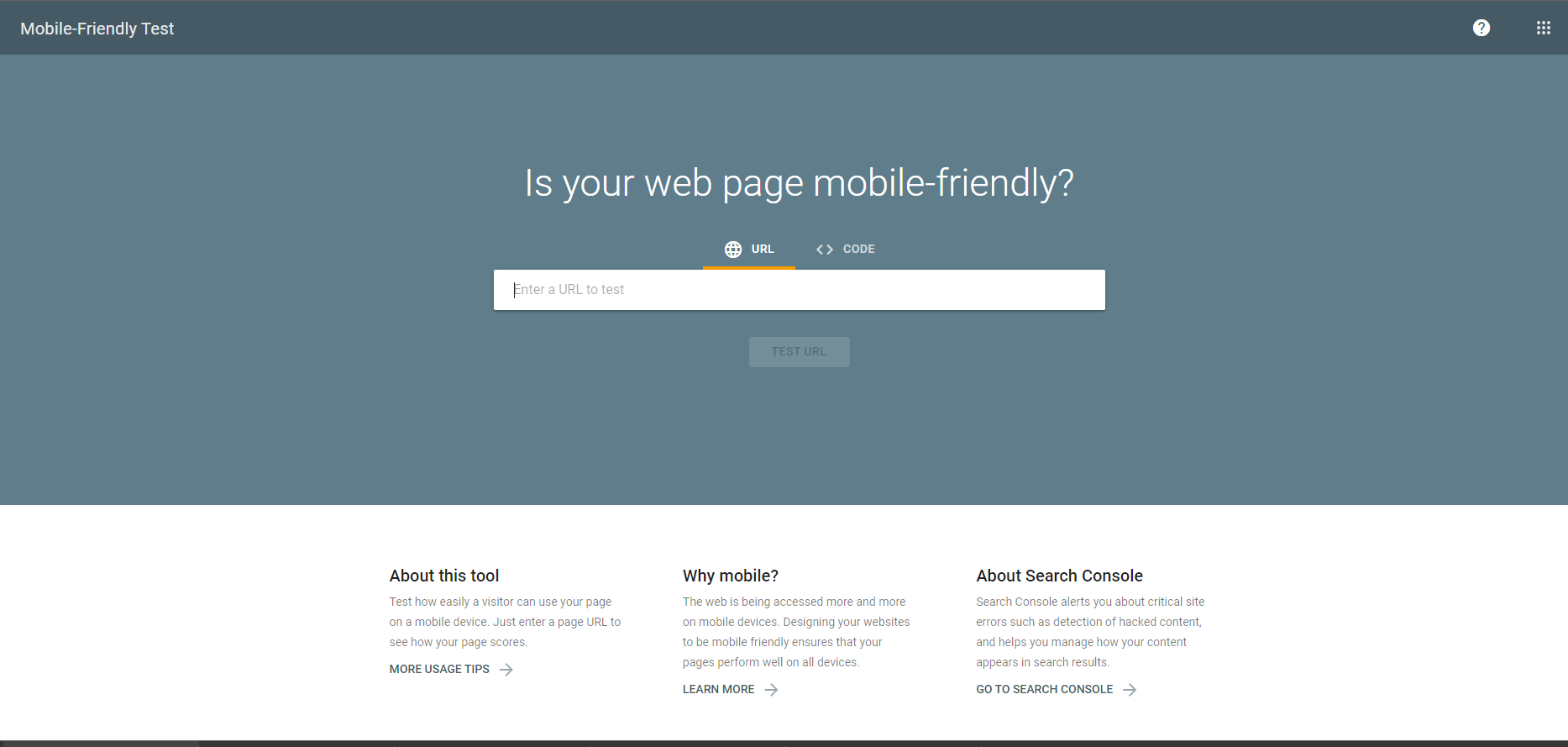Everything can use a new coat of fresh paint after a while, the same goes for websites. As technology improves and internet browsers become more advanced, it’s important for financial advisors to keep their websites up to date. But how often should advisors redesign their website? In this article, we’ll look at 7 factors you should consider when deciding whether to redesign your website.
How Often Should I Redesign My Website?
Unfortunately, there’s no one-size-fits-all solution, as every website is different. But generally, it’s a good idea to redesign your website once every two to three years. This is to ensure your website meets modern standards, continues to impress, and stands out against your competitors. Check out the seven signs your site might need a redesign below to see whether now is the time.
7 Signs It’s Time to Redesign Your Website
1. Your Website Is More Than 5 Years Old
Sign number one is that your site is five years old or older. Now, there’s no hard and fast rule as to how old your site needs to be in order to get a redesign. It could be just two or three years, and you could be ready to jump in.
But if it’s at least five years old and you haven’t done anything, it’s definitely going to need some love because Google is always changing its ranking factors, which could affect your SEO. Also, if your site feels generally outdated, like the image below, then it’s time for a redesign:
2. It’s Not Mobile-Friendly or Responsive
Sign number two – your site is not mobile-friendly or responsive. Luckily, Google provides a really easy way to check this. All you’ll need to do is click here to head to Google’s mobile-friendly test, paste your website’s URL, and test.
Having a mobile-friendly site is incredibly important. Again, going back to SEO, Google is going to rank sites that are mobile-friendly higher than those that are not.
And from a user experience standpoint, it’s frustrating to be on a website that is not designed for mobile. So check your site. And if it doesn’t pass the test, it’s time to make some updates.
3. Your Core Web Vitals Are Failing, And Your Site Loads Slow
Core web vitals are a set of standardized metrics that Google uses to help developers and coders understand how users experience a web page.
We don’t need to get into all the technical parts, but what you should know is that studies have shown that the longer it takes your site to load, the worse it is for user experience and the more likely people are to abandon your website.
To check your core web vitals, you’ll want to set up your Google Search Console.
If you have a really long page loading time, you’re going to want to make some updates to your site.
4. Your Online Leads Are NonExistent
Getting visitors to your website is a great first step, but if you’re not getting contact information from those leads, something isn’t working, and we need to make a tweak.
Some things to look at include clearly articulating who you are, what you do, and who you do it for. Is this clear in both the copy and the messaging? Do you have compelling calls to action for both those ready to get started and those not yet ready to book a meeting? Can you capture their information through some secondary call to action? Do you have an online scheduler link? Do you have a clickable phone number in your contact information? All of these elements can help make it easier for visitors to take the next step and reach out to contact you.
5. Your Website Is Difficult To Navigate
Okay, number five, your website is difficult to navigate. I have seen so many financial advisor websites that have so many pages buried in sub-pages, and information is really hard to find. We are in an industry where we’re selling our expertise, right? We’re selling the relationship. Therefore, we really don’t need more than five to seven main pages in the navigation, like in this example from Sieben Wealth Planning:
Design your site to be streamlined with just five main pages. And then, within those pages, have more information about your team and how you help. It might be who you serve, your process, what your fees are, and things like that. Not burying the content and keeping it very high level is important. It’s also really important when it comes to navigation to make it really easy to scroll and scan your website. So you want to use headers and icons, as you see here, to break up the text so visitors can quickly scan and locate what they’re looking for:
6. Your Brand Or Messaging Has Changed
Sign six, and this is a really easy one. If your brand, messaging, or niche you serve has changed, then it’s time for a website update. If you have a different logo or color scheme, then you’re going to want to refresh your site.
7. Your SEO Is Non-Existent
Lastly, if your SEO or search engine optimization is basically nonexistent, it’s time for a website redesign.
If you built your site a couple of years ago and you don’t regularly update it, your SEO is going to take a hit. Since SEO is constantly evolving, you want to stay on top of the latest updates so that your site will continue to rank.
Prioritize which keywords you want to rank for and consistently use them throughout your site. Make sure you have set up and optimized your Google Business Profile page. Start creating content around the things that your target audience is most likely to search for.
Create a Gorgeous, Traffic-Driving Website
Your website should reflect the same attention to detail as your office space. It’s your prospects’ first impression – a virtual welcome. We can help you make sure it’s a great one.







